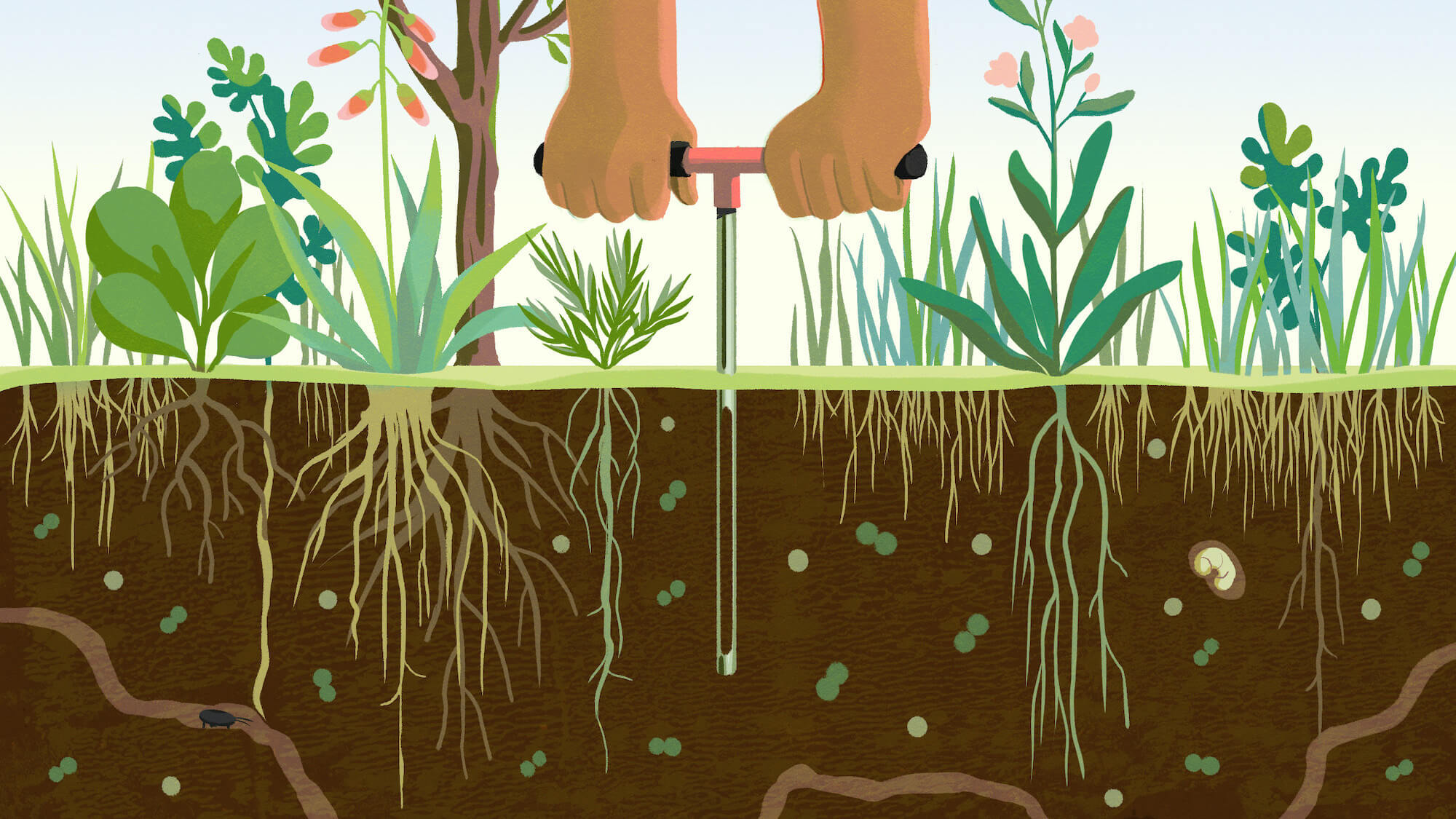The loss of the planet’s abundant biodiversity, fertile soil, and seeds puts your ability to survive considerably in peril. By storing carbon emissions underground, regenerative agriculture aids in the fight against the global warming catastrophe. Regenerative farming techniques result in carbon sequestration, which lowers the number of greenhouse gases in the environment. It outlines a comprehensive method of farming that promotes ongoing innovation and enhancement of ecological, societal, and economic standards.
What Distinguishes Regenerative Agricultural Practices from Sustainable Agriculture?
Regenerative practices recognise that natural technologies are typically impacted and apply management strategies to restore the ecosystem to its natural state. Sustainable practices such as regenerative agriculture help ensure precisely that.
Why Use Regenerative Farming Methods?
Regenerative farming encompasses more than just preserving or recovering forests. It enhances soil fertility and adds organic matter. Regenerative methods have several positive environmental effects, including strengthening biodiversity, reducing emissions to the environment with fewer chemical inputs, and sequestering carbon to prevent emissions to the atmosphere. Here are some uses in favour of using regenerative farming techniques:
1 Cut Back on the Use of Synthetic Fertilisers
Because synthetic fertilisers disrupt the natural methods through which plants acquire nutrients. This alters the balance of soil bacteria making the soil unfarmable after a few agricultural cycles. As a result, the agroecosystem has weak plants that rely on synthetic fertilisers. Moreover, the detrimental impacts of chemicals leaking into underground freshwater resources and the environment from artificial fertiliser exacerbate the climate catastrophe. On the other hand, a regenerative farming method generally tries to maintain a link between entirely natural soil and vegetation organisms.
2 Reduce Soil Loss
Traditionally, contaminants separating two crops got removed by using tillage. However, the proliferation of this practice has significantly degraded the soil. Avoiding mechanical soil disturbance is the first objective of regenerative farming to allow for natural changes between two harvests. It disturbs the topmost layer of soil and is less disruptive than traditional tillage. Using a specialised seeder involves sowing the seeds straight into the ground without removing the cover crops. This method preserves the integrity of the soil.
3 Reduce Greenhouse Gas Emissions
One of the primary causes of global warming is greenhouse gases, and today’s modern food production produces about 26% of these emissions. The problem is resolved by regenerative farming.
4 Fighting Climate Change
While a reduction in GHG emissions alone is insufficient to slow climate change, it can complement soil carbon sequestration, which is made possible by implementing regenerative farm management. It also decreases water pollution by reducing chemical inputs, including contributions to toxic algal blooms.
5 Encourage Biodiversity
Versatile species are advantageous for the farming industry and environmental sustainability, which is crucial in regenerative farming. A more well-balanced diet is made possible because of the variety of produced crops. Additionally, by improving the performance of soil microbial communities, strategies that prefer biological over artificial inputs help to restore below-ground biodiversity.
6 Community Advantages
Networks of farmers who share knowledge, benefit from one another and foster a sense of community. Visits to farms and ranches and networks of farmers’ markets that assist farmers and ranchers help strengthen connections between their products and consumers.
Final Thoughts
As it is currently understood, regenerative agriculture aims to actively affect the soil, human health, and the environment and can sustain production. When you choose foods from regenerative farming, you’re serving the healthiest food possible and reducing your environmental impact.



